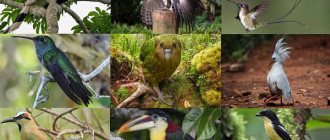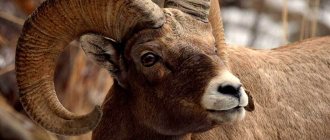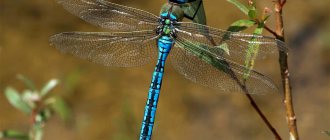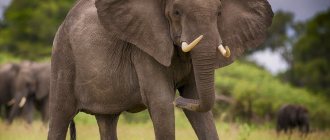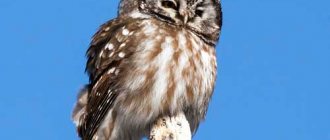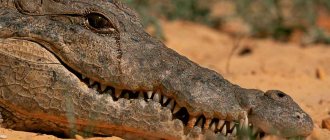The nature of Russia is distinguished by its richness, a variety of animals lives over a vast territory that stretches over as many as 11 time zones from west to east, and from north to south the landscape runs from tundra forests to the Caucasus mountains and prairies. 70% of Russia is covered by temperate forests, which is as much as 20% of all forests in the world.
According to the data presented in the Red Book of the Russian Federation, 266 species of mammals and 780 species of birds were protected. This list includes brown bears, Amur tigers, leopards, Asian black bears and Eurasian lynxes.
The World Wide Fund for Nature has classified all regions of Russia into 13 bioregions, which as of 2012 include 101 nature reserves (strictly protected areas), covering more than 33.5 million hectares (82.7 million acres) and 38 national parks.
Regions of Russia and the number of nature reserves in each of them
- 8 in the Arctic region of Russia;
- 20 nature reserves in the Kola-Karelian and East European forests;
- 13 in the East European forest-steppe, steppe and Caspian semi-desert;
- 9 in the Ural Mountains;
- 6 in the Caucasus;
- 4 in the West Siberian forest;
- 4 in Central Siberia;
- 8 in Altai-Sayan;
- 4 on Baikal;
- 4 in Transbaikalia;
- 15 in Amur-Sakhalin;
- 5 in the Kamchatka-Okhotsk Sea.
The following regions are included in the list of UNESCO World Heritage Sites:
- virgin forests of Komi;
- Lake Baikal;
- volcanoes of Kamchatka;
- Altai Mountains;
- Western Caucasus;
- Curonian Spit;
- Sikhote-Alin;
- Uvsu-Nur;
- Wrangel Island Nature Reserve.
Such a variety of natural areas, as well as a large number of nature reserves and careful attention to wildlife, helps populations of many unique animals survive and develop. Let's take a closer look at the most interesting representatives of the animal kingdom of Russia.
Mammals
On the territory of Russia, 266 species of mammals have been registered, of which 5 are on the verge of complete extinction, 13 are considered endangered, 26 are vulnerable and 6 are close to vulnerable.
Brown bear
Siberian Brown Bear
The brown bear is a species of bear that is found across almost the entire latitude of Eurasia and North America. On the American continent, such bears are called grizzlies. This is one of the largest representatives of the order of carnivores, which can only be rivaled in size by its closest relative, the polar bear, the size of which varies from region to region, but on average polar bears are still larger.
Due to this distribution throughout the world, the brown bear has many subspecies. Several subspecies live in Russia.
Range of the brown bear
Interesting video about a brown bear
European brown bear
European brown bear
The European brown bear (lat. Ursus arctos arctos) lives throughout Europe, western Russia and the Caucasus, and also further east up to the Novosibirsk region, where it slowly flows and mixes with another subspecies - the Siberian brown bear. Individuals of the European bear living in Russia have a predominantly dark, dense brown color, but you can often find brighter fur. The claws are dark. Representatives of the subspecies from Russia are much larger than its other relatives, perhaps due to the fact that they are hunted less often.
Siberian brown bear
Siberian brown bear
The Siberian brown bear lives throughout almost the entire territory of Siberia east of the Yenisei River. But it can be found in vast areas of China and Kazakhstan. Most of the representatives of this subspecies are dark in color, but some may be lighter, like the usual brown bear. The skull is slightly larger than that of other subspecies.
Japanese or Ussuri brown bear
Japanese or Ussuri brown bear
The Ussuri brown bear lives on the Kuril Islands, Sakhalin, in the area of the Amur River.
Also lives in China and Japan. Individuals can vary greatly in size, for example, Russian bears are much larger than those that burn in Japan. The color is dark, some even call it black grizzly. Interesting fact : brown bear cubs are born during hibernation. The babies drink milk and warm themselves with their mother's fur.
Amur tiger
Amur tiger
This subspecies of tigers lives in the eastern part of Russia in birch forests, and is also found in China and Korea. It is worth saying that the climate in which this amazing species lives is much harsher than that of other tigers, but this also has its advantages - this area is considered less populated by people than any other where these graceful cats live. Also, the timber industry in the region is underdeveloped, which is why tigers have a lot of room for development and survival, although it is worth saying that the subspecies is vulnerable.
Interesting: Snow leopard

